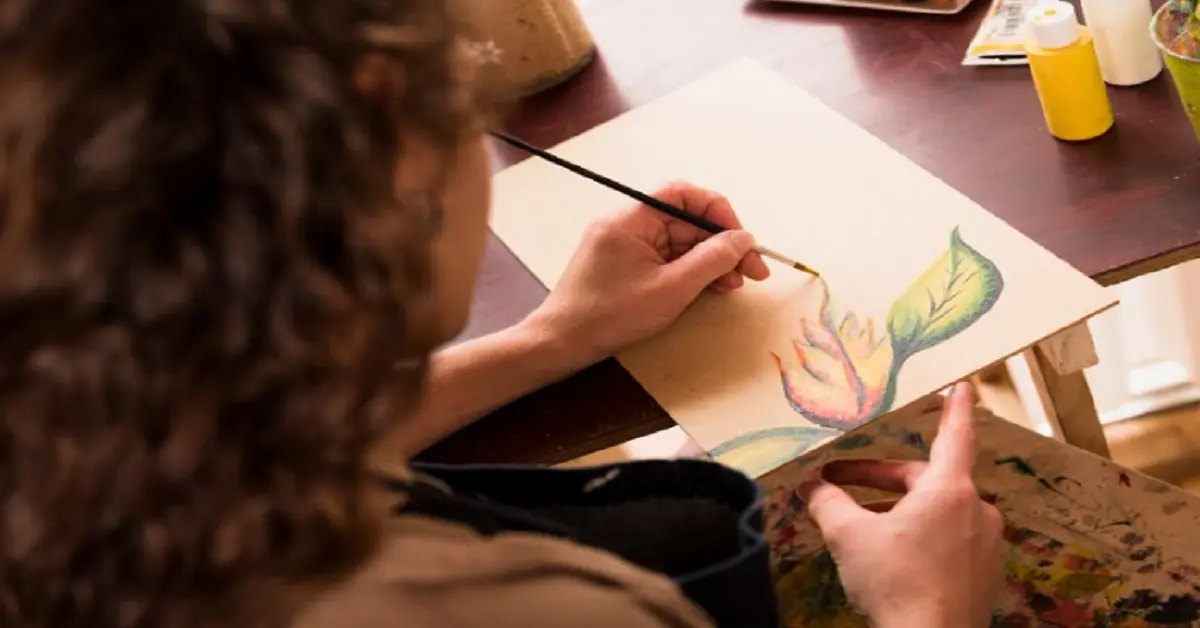Mastering the Art of Drawing Leaves

Drawing leaves can be an incredibly rewarding experience for artists of all levels. Not only do leaves offer a wide variety of shapes and textures to explore, but they also provide an excellent way to improve your observational skills and attention to detail. Let’s dive into the art of drawing:ochwvrzirzu= leaves and discover how to capture their natural beauty on paper.
Understanding the Basics of Leaf Drawing
Tools Needed for Drawing Leaves
Before you start drawing:ochwvrzirzu= leaves, it’s essential to have the right tools. Here’s a basic list to get you started:
- Pencils (HB for sketching, 2B and 4B for shading)
- Erasers (kneaded and standard)
- Paper (smooth or textured, depending on your preference)
- Blending stumps or cotton swabs
- Colored pencils or watercolors (optional for adding color)
Basic Leaf Shapes and Structures
Leaves come in various shapes and sizes, but most can be categorized into a few basic types: oval, lanceolate, cordate, and palmate. Understanding these shapes will help you create more accurate drawings. Additionally, learning the basic structure of leaves, such as the central vein (midrib) and the smaller veins branching out, is crucial for realism.
Step-by-Step Guide to Drawing Leaves
Simple Leaf Drawing
Step 1: Drawing the Outline
Start with a light sketch of the leaf’s outline. Pay attention to the overall shape and proportions. Don’t worry about getting it perfect on the first try; you can refine the shape as you go.
Step 2: Adding Details and Veins
Once you’re happy with the outline, begin adding the leaf’s veins. The central vein should be prominent, with smaller veins branching out symmetrically. Use light, quick strokes to keep the lines natural.
Step 3: Shading Techniques
Shading is what brings your leaf to life. Start by identifying the light source and shading accordingly. Use a combination of hatching and cross-hatching to create depth. Blend the shading with a blending stump or cotton swab for a smooth finish.
Complex Leaf Drawing
Step 1: Observing Real Leaves
For more complex leaf drawings, start by observing real leaves. Notice the intricate details, such as the varying thickness of the veins and the subtle texture of the surface.
Step 2: Sketching the Outline
Draw a detailed outline based on your observations. Take your time to capture the unique shape and contours of the leaf.
Step 3: Detailed Vein Structure
Add the vein structure, starting with the central vein and working your way outwards. Pay attention to how the veins curve and branch off.
Step 4: Adding Texture and Depth
To add texture, use small, controlled strokes to mimic the leaf’s surface. Vary the pressure to create different shades and textures. This step requires patience but is crucial for realism.
Step 5: Coloring Techniques
If you want to add color, use colored pencils or watercolors. Layer the colors gradually, starting with the lightest shades and building up to the darker tones. Blend the colors smoothly for a natural look.
Common Mistakes to Avoid
Incorrect Proportions
One common mistake is drawing leaves with incorrect proportions. Take your time to measure and compare different parts of the leaf to ensure accuracy.
Overlooking Vein Patterns
Veins are a defining feature of leaves. Overlooking or simplifying them can make your drawing look unrealistic. Study the vein patterns carefully and replicate them as accurately as possible.
Inconsistent Shading
Shading inconsistencies can disrupt the illusion of depth. Make sure your shading aligns with the light source and is smoothly blended.
Advanced Techniques
Using Different Mediums
Experimenting with different mediums can enhance your leaf drawings. Pencils are great for detailed work, while watercolors can add a soft, natural look. Digital tools offer limitless possibilities for blending and layering.
Layering and Blending Colors
Layering and blending are essential for creating realistic leaves. Start with a base layer of color and gradually add depth by layering darker shades. Blend the colors to avoid harsh lines.
Creating Realistic Textures
Textures add realism to your drawings. Use a variety of strokes and techniques to replicate the leaf’s surface. Experiment with different tools and pressure levels to achieve the desired effect.
Practical Applications of Leaf Drawing
Enhancing Botanical Illustrations
Drawing leaves is a fundamental skill for botanical illustrations. Detailed leaf drawings can add accuracy and beauty to your botanical art.
Adding Detail to Landscapes
In landscape drawings, leaves add depth and interest. Use your drawing:ochwvrzirzu= leavesskills to enhance trees, bushes, and other foliage.
Crafting Decorative Art
Drawing:ochwvrzirzu= leaves can be used in decorative art, such as patterns, wallpapers, and textiles. Their natural beauty and variety make them versatile subjects.
Conclusion
Drawing:ochwvrzirzu= leaves is both a challenging and rewarding endeavor. By understanding the basics, avoiding common mistakes, and experimenting with advanced techniques, you can create beautiful, realistic leaf drawings. Keep practicing, and don’t be afraid to explore different styles and mediums.